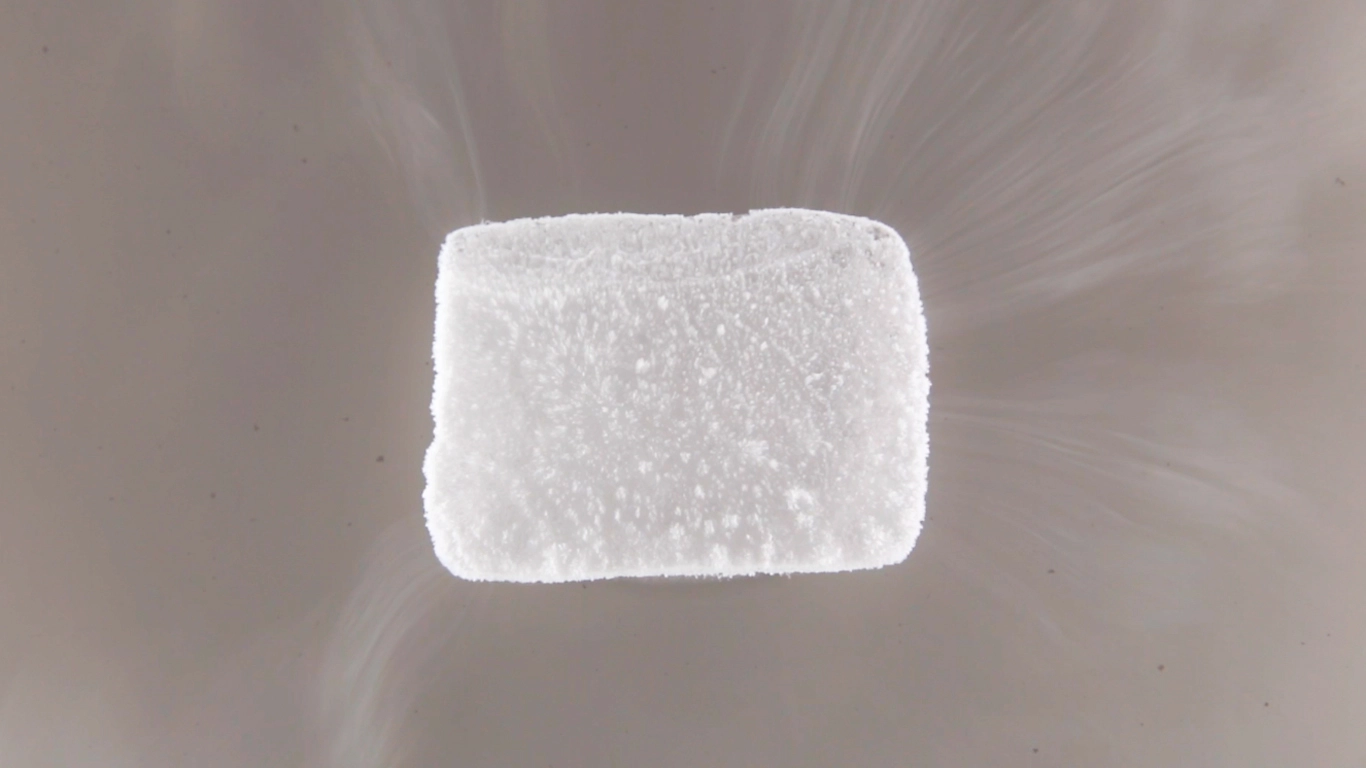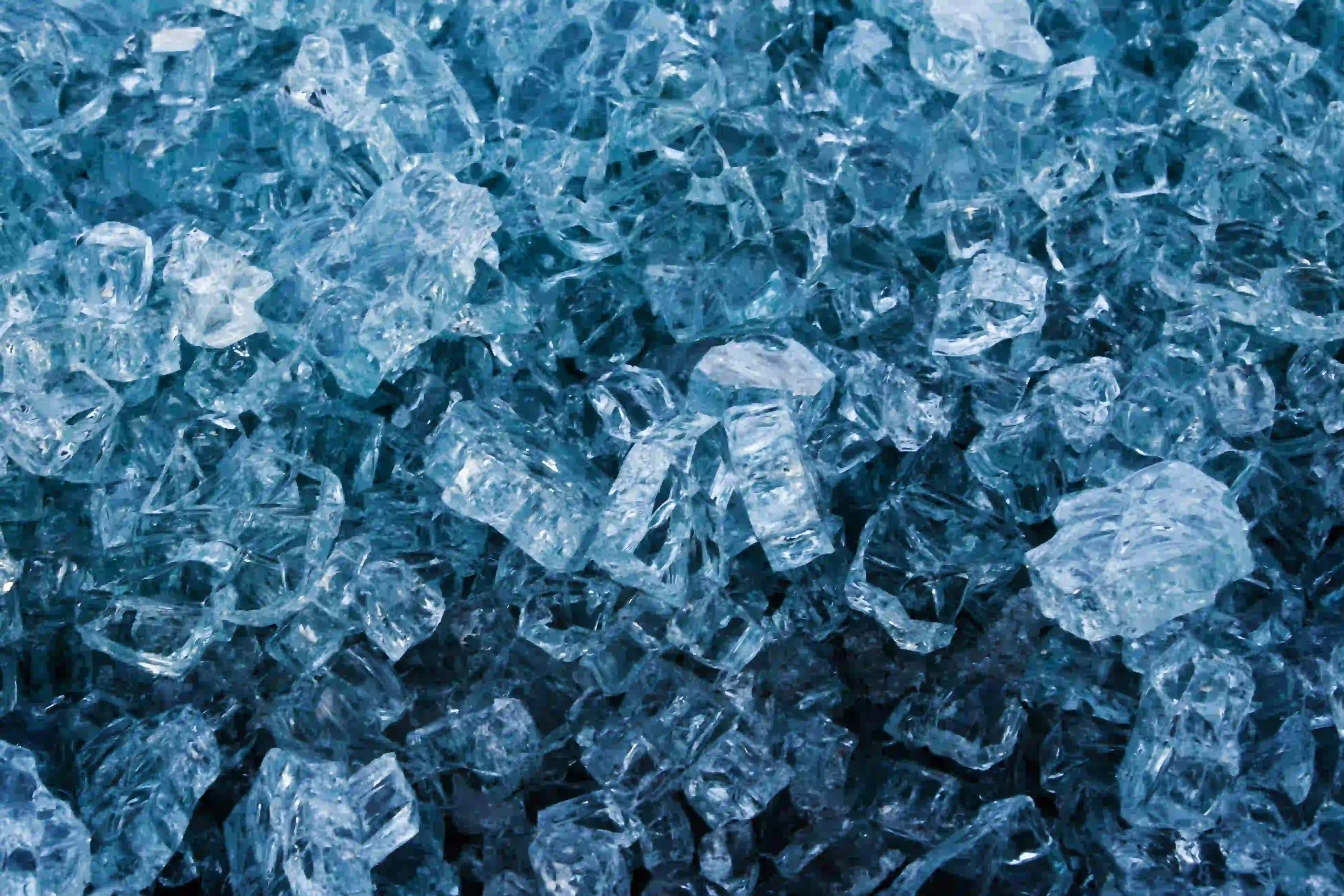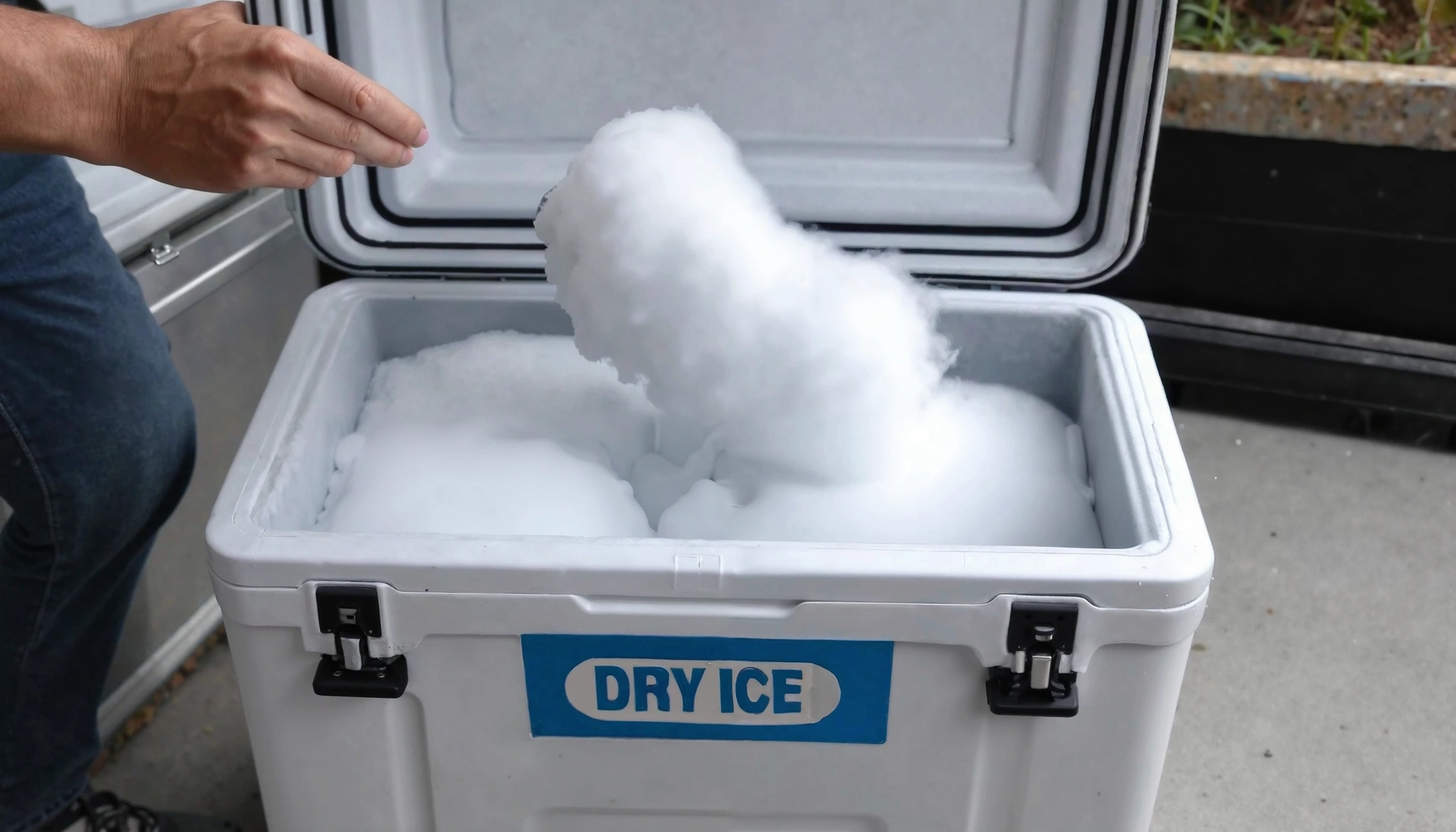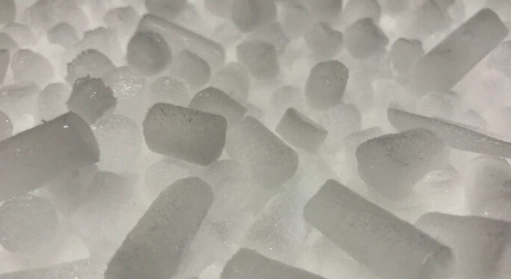
How Dry Ice is Made and Why It Matters
Learn about the production process of dry ice and why different forms (blocks, pellets, slices) are used for specific applications.
Read MoreExpert guides and practical advice for businesses and consumers
Get practical tips and real-world examples of how dry ice supports shipping, medical, and food logistics industries.

Learn about the production process of dry ice and why different forms (blocks, pellets, slices) are used for specific applications.
Read More
Essential safety guidelines for handling, storing, and disposing of dry ice to prevent injuries and ensure proper use.
Read More
Discover innovative ways to incorporate dry ice into weddings, parties, and corporate events for stunning visual effects.
Read More
A comprehensive guide to regulations, packaging requirements, and best practices for shipping perishable items with dry ice.
Read More
Compare the properties, applications, and effectiveness of dry ice versus traditional water ice for various cooling needs.
Read More
Understand the scientific principles that create the mesmerizing fog effect when dry ice sublimates and how to control it.
Read More
Learn how to effectively use dry ice to keep food frozen during long trips, camping adventures, or power outages.
Read More
Explore how healthcare, food production, manufacturing, and other sectors depend on dry ice for critical operations.
Read More
Dry ice is a powerful cooling agent used in food transport, but it must be handled safely. Learn how to use it responsibly.
Read MoreDry ice is the solid form of carbon dioxide (CO₂). Unlike regular ice, it doesn't melt into a liquid but instead sublimates directly from a solid to a gas at temperatures above -78.5°C (-109.3°F). This property makes it ideal for cooling applications where water would be problematic.
Dry ice sublimates at a rate of approximately 5-10 pounds per 24 hours in a standard cooler. Factors affecting sublimation rate include insulation quality, ambient temperature, and the form of dry ice (blocks last longer than pellets). For maximum longevity, store in a well-insulated container and minimize opening.
Dry ice requires careful handling as it can cause frostbite or "dry ice burns" upon direct skin contact. Always use insulated gloves when handling. Additionally, as it sublimates, it releases carbon dioxide gas, which can displace oxygen in poorly ventilated areas, potentially causing asphyxiation. Always use dry ice in well-ventilated spaces.
Dry ice is available from various sources including specialty ice suppliers, some grocery stores (particularly larger chains), welding supply shops, and some shipping or packaging stores. Our supplier directory can help you locate reliable dry ice vendors in your area.
Connect with trusted dry ice providers for your business, event, or personal needs
Browse Directory